Join the community
Thought Leadership Centre
Most Read
1. Finance leaders flag governance risks with fast growing fintech systems 2. Why AI governance is a key priority for financial institutions 3. Foreign institutions pursue market entry as Japan strengthens fintech rules 4. Payment leaders push for interoperability to solve SME cash flow 5. Five takeaways from day 1 of the Singapore Fintech FestivalResource Center
Awards
Mar
24
Event News
Energy & Offshore
Tuas Power to complete Singapore’s first 100% biomass conversion by 2028
The landmark project will cut one million tonnes of carbon emissions annually.

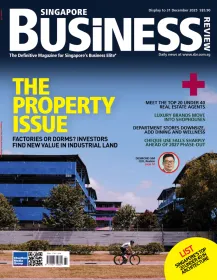
 Advertise
Advertise
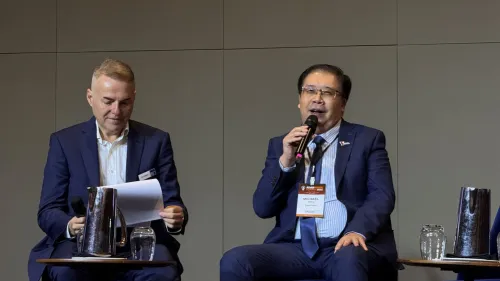


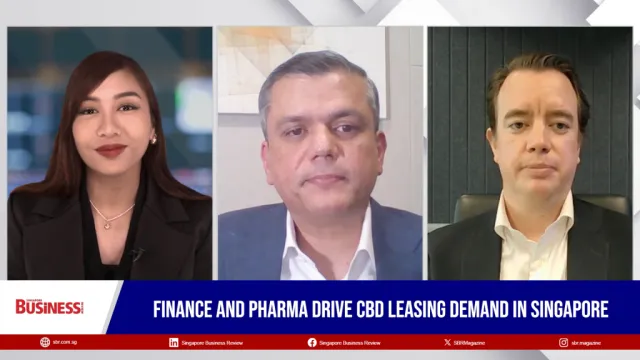
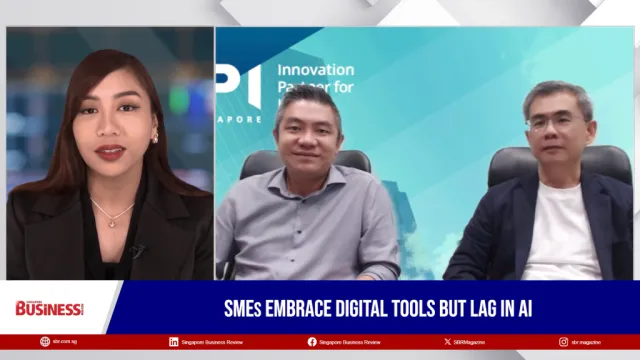
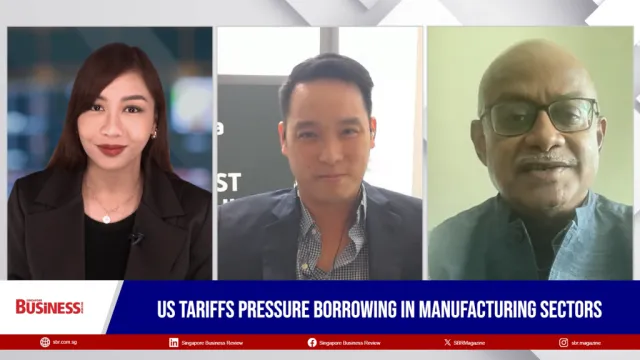

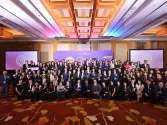
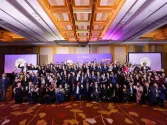










Commentary
This is how you fail an interview!
This is how you fail an interview!
What about doing healthcare online?
Why loyalty doesn’t matter but brand rank does?
5 way companies fail to engage employees
What can companies do in a downturn to ensure survival?
Shifting Singapore’s success
Smart pricing: 5 steps to effectively improve profitability
Asia’s resilience drives salary growth in Singapore
Want successful marketing events? Try going local
Substituting a private residential property purchase?
What to do when your people leave you?
Harnessing talent to tap opportunities in offshore energy exploration
We the people of Facebook
Is Singapore next on the list of mobile payments leadership?
What makes a great brand name in Singapore?
Are you really serious about social media?
Singapore consumers want social media advert free